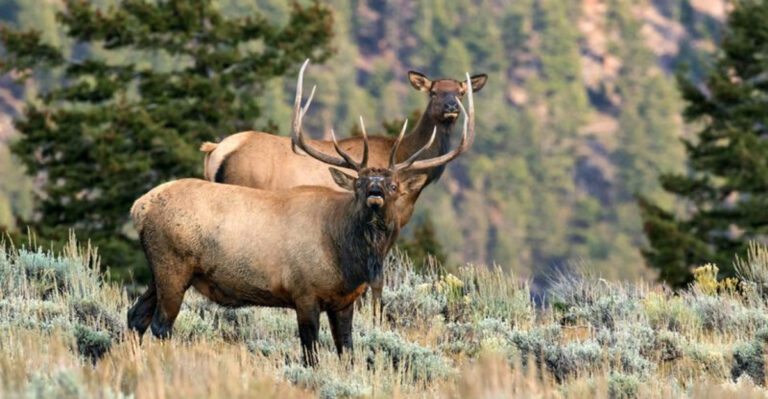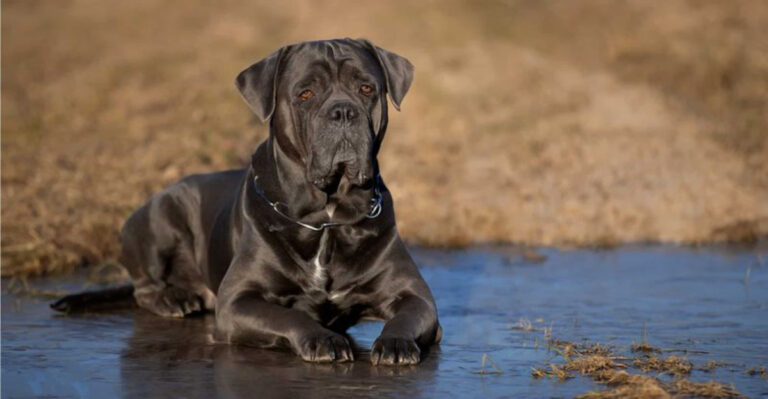The 10 Most Massive Wolves In The World (And 4 Smallest Wolves)
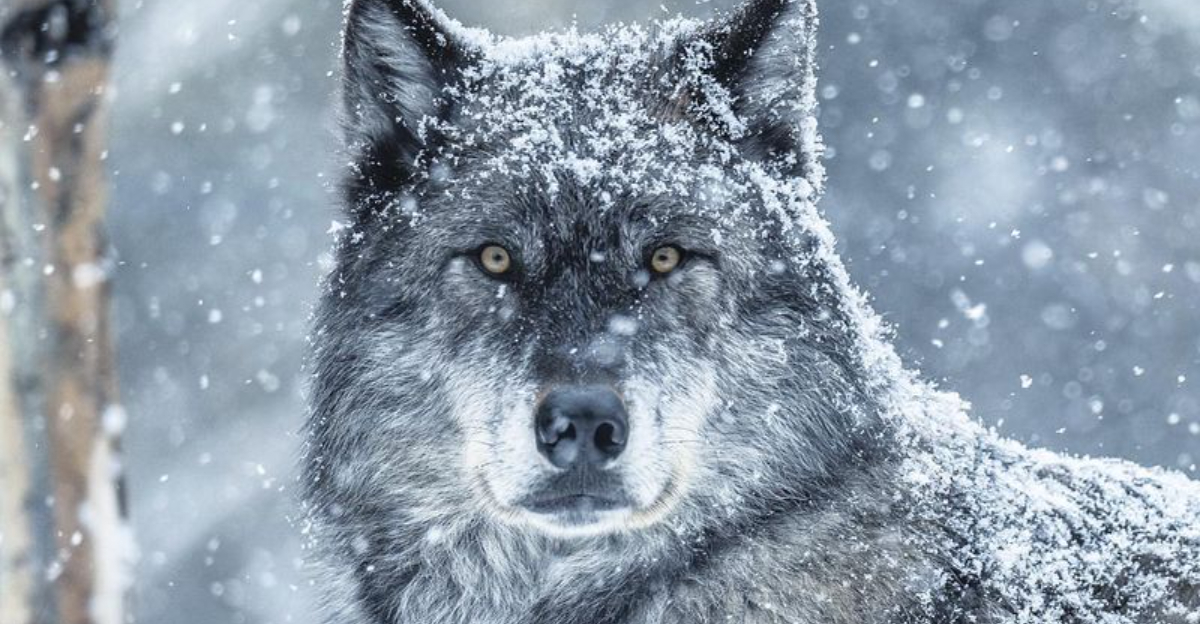
Ever wondered which wolves truly rule the wilderness with their impressive size? From the mighty Mackenzie Valley Wolf to the petite Arabian Wolf, these magnificent predators come in surprisingly different packages across the globe.
Join me as we explore the giants and miniatures of the wolf world, revealing just how diverse these fascinating creatures really are.
1. Mackenzie Valley Wolf (Northwestern Wolf)
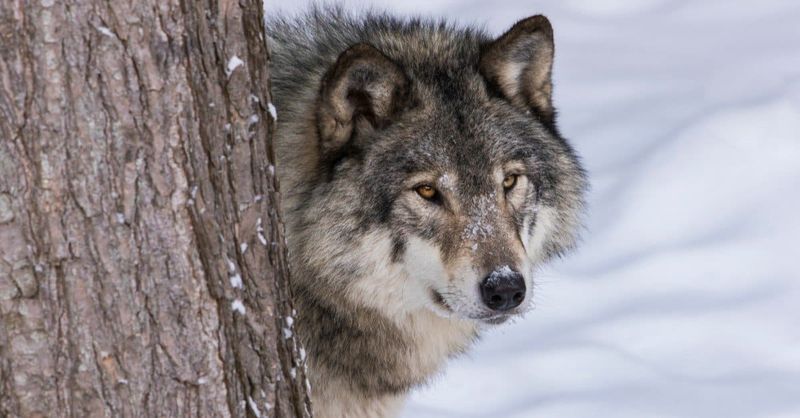
Standing tall at up to 7 feet when on hind legs, these Canadian giants can tip the scales at a whopping 175 pounds! Their thick fur adds to their imposing appearance.
Found throughout Alaska and western Canada, these wolves have adapted to harsh winter conditions with larger paws that act like natural snowshoes. Their incredible strength allows them to take down massive prey like moose and bison.
2. Eurasian Wolf
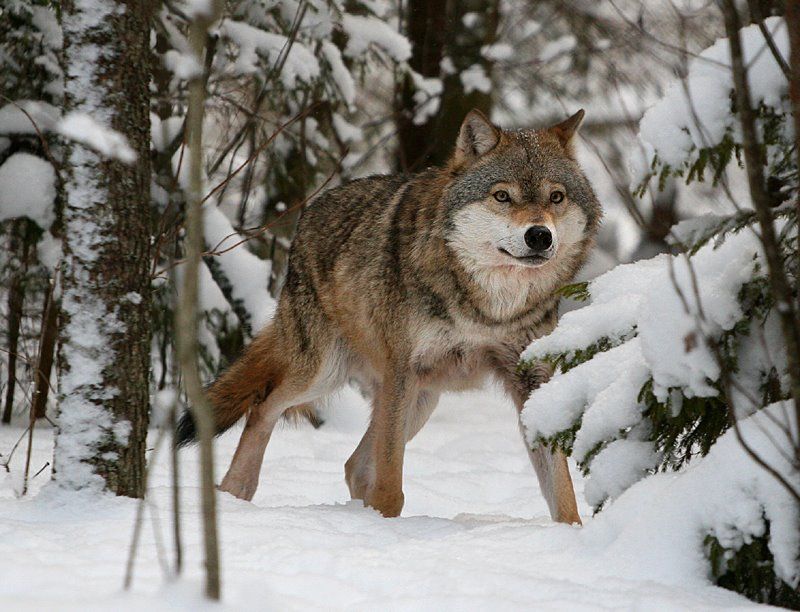
Lurking in the forests from Russia to Central Europe, these powerful predators can weigh up to 160 pounds. Their distinctive rusty-gray coats blend perfectly with their woodland habitats.
Unlike their North American cousins, Eurasian wolves typically have shorter ears and longer, more slender legs. They’re remarkable survivors, managing to persist despite centuries of intense hunting pressure and habitat fragmentation across the continent.
3. Tundra Wolf
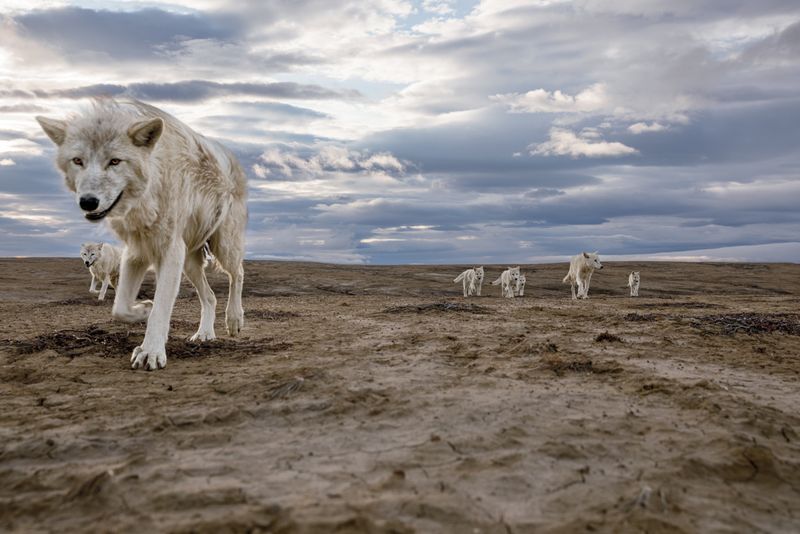
Bundled in plush white-gray fur that can reach 2 inches thick, these Arctic survivors brave temperatures that would freeze most creatures solid. Their bulky frames carry up to 145 pounds of pure muscle.
Roaming across northern Russia and Siberia, tundra wolves have evolved shorter ears and muzzles to prevent heat loss. They form some of the largest wolf packs documented, sometimes traveling with 20 or more members to hunt reindeer across vast distances.
4. Alaskan Interior Wolf
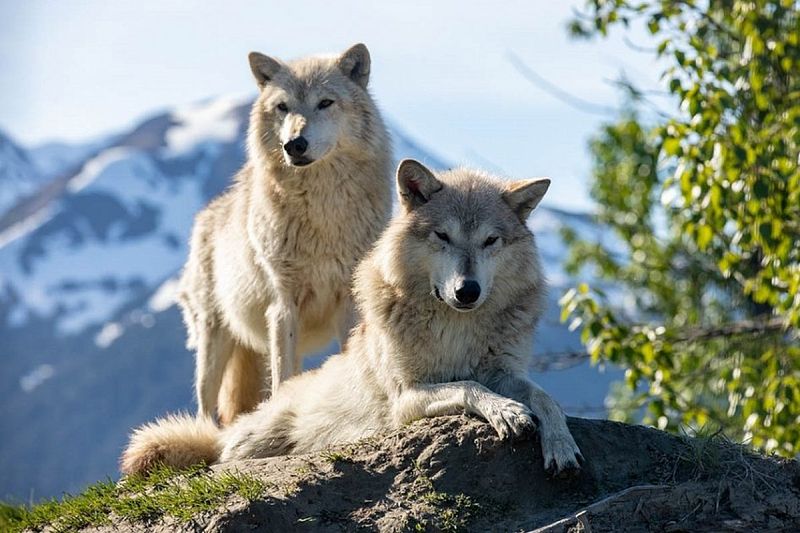
Few sights are as impressive as these northern giants trotting through pristine wilderness. Males regularly reach 140 pounds, with exceptional individuals growing even larger.
Their dense, waterproof double coat comes in shades from nearly black to pure white. These wolves have perfected the art of survival in extreme environments, with specialized circulation systems that allow them to stand on ice for hours without freezing their paws.
5. Great Plains Wolf
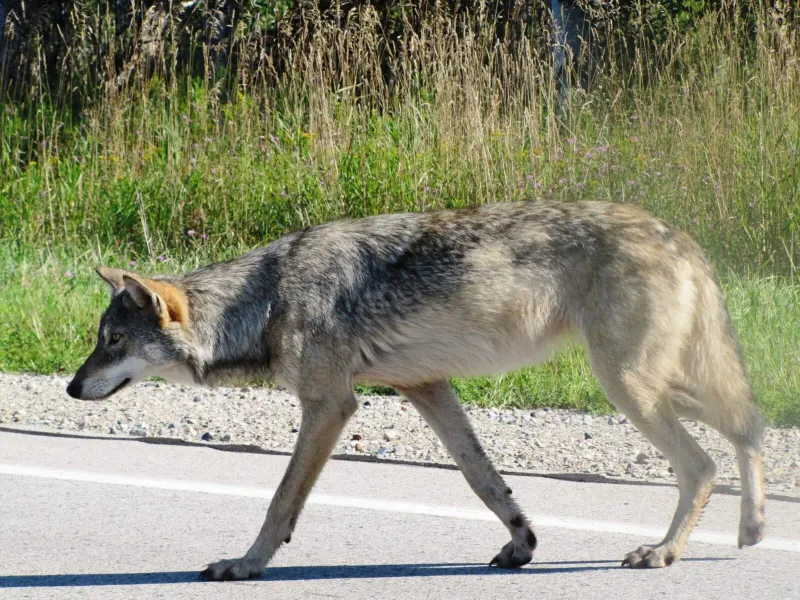
Racing across America’s heartland, these wolves once dominated the central United States. Their lean, athletic bodies can weigh up to 130 pounds, perfectly designed for covering vast distances.
With tawny-gray coats that mirror the prairie grasses, they practically disappear into their surroundings. Nearly hunted to extinction by the mid-1900s, these remarkable wolves have made a surprising comeback in some areas, demonstrating their resilience against overwhelming odds.
6. Canadian Timber Wolf

Ghostly howls echo through northern forests when these 125-pound behemoths gather to sing. Their thick silver-gray coats and powerful jaws make them formidable hunters.
Masters of endurance, Canadian timber wolves can trot at 5 mph for hours without tiring. Their incredible teamwork allows them to bring down prey ten times their size, with complex hunting strategies that demonstrate remarkable intelligence and communication skills.
7. Interior Alaskan Wolf

Muscular and built for the cold, these northern wolves carry up to 120 pounds on their sturdy frames. Their thick fur appears almost blue-gray in winter sunlight.
Specially adapted feet with fused toe pads create natural snowshoes for traversing deep powder. These wolves maintain territories spanning hundreds of square miles, marking their boundaries with scent signals that can communicate detailed information about pack members to any wolves passing through.
8. Russian Wolf
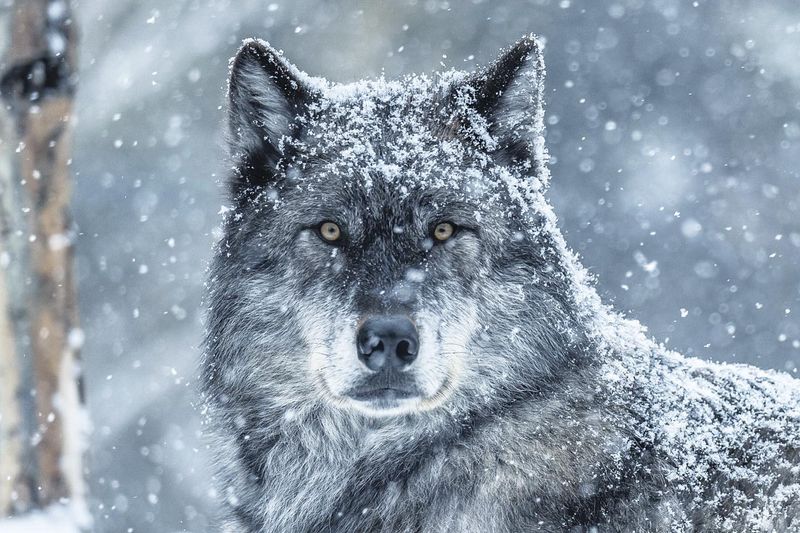
Feared throughout history, these rugged 110-pound predators have survived centuries of bounty hunting across the vast Russian wilderness. Their heavy builds and thick ruffs around their necks give them a particularly imposing appearance.
Russian wolves show remarkable adaptability, thriving in environments from frozen tundra to southern steppes. Local folklore is filled with tales of their cunning, and some remote villages still organize wolf hunts using methods passed down through generations.
9. Eastern Wolf

Reddish-brown coats flash through the forests of eastern Canada as these 105-pound predators hunt white-tailed deer with incredible precision. Their slightly smaller size makes them more agile in dense woodland.
Once considered a separate species, genetic studies reveal these wolves carry coyote DNA from ancient hybridization. Their distinctive howls have a more melodic quality than other wolf subspecies, with calls that rise and fall in complex patterns.
10. Iberian Wolf

Dancing on the edge of extinction, these Spanish wolves have bounced back from just 400 individuals in the 1970s. Weighing around 100 pounds, they’re smaller than northern giants but perfectly adapted to Mediterranean mountains.
Their distinctive yellowish-brown coats with black-tipped tails help them vanish into sun-dappled woodlands. Unlike many wolf populations, Iberian wolves have learned to live relatively close to human settlements, sometimes hunting within earshot of small villages.
11. Mexican Wolf
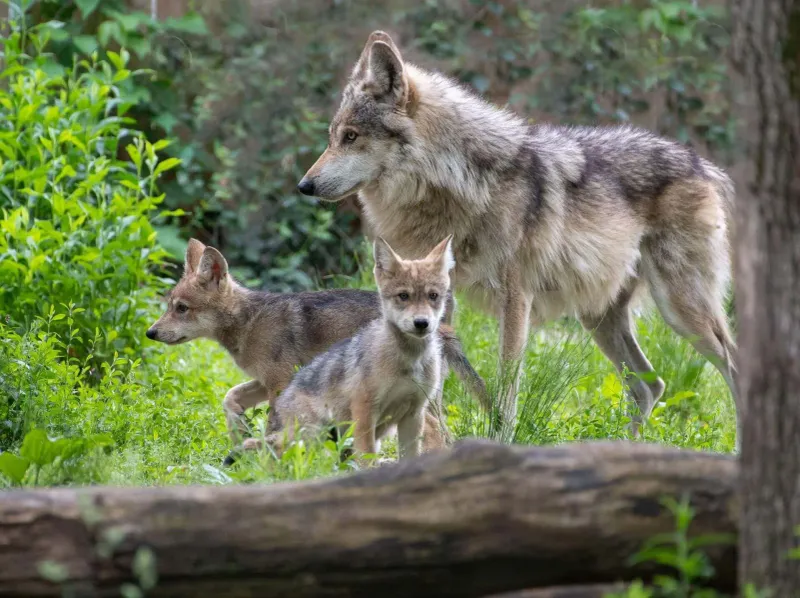
Barely surviving in the wild, these critically endangered wolves are the smallest North American subspecies, typically weighing just 80 pounds. Their distinctive salt-and-pepper coats feature unique facial markings.
Once roaming throughout the southwestern United States and Mexico, by 1980 they were extinct in the wild. A captive breeding program saved them from disappearing forever, and today around 200 Mexican wolves once again roam free, marking an incredible conservation success story.
12. Ethiopian Wolf

Flame-colored fur makes these African wolves unmistakable as they patrol high-altitude meadows. Weighing just 30-40 pounds, they’re built more like foxes than typical wolves.
Found only in Ethiopia’s highlands above 10,000 feet, fewer than 500 remain in the wild. Unlike pack-hunting gray wolves, these specialized predators hunt solo, pouncing on giant mole rats with fox-like precision. Their narrow snouts and long legs are perfectly adapted for this unique hunting style.
13. Indian Wolf

Adapted for scorching heat, these slender 45-pound wolves hunt in temperatures that would drop most predators in their tracks. Their short, reddish-gray fur helps them blend into arid landscapes.
Despite their small size, Indian wolves take down prey as large as blackbuck antelope through superior teamwork. Ancient cave paintings across the Indian subcontinent depict these wolves, showing they’ve shared the landscape with humans for thousands of years.
14. Arabian Wolf

Barely bigger than a coyote, these desert specialists weigh just 40 pounds but survive in one of Earth’s harshest environments. Their pale sandy coats reflect sunlight, keeping them cool in blistering heat.
Enormous ears serve as natural air conditioners, dissipating body heat in temperatures exceeding 120°F. These resourceful predators can survive without drinking water, getting moisture from their prey. Their small size allows them to hide in minimal cover across the Arabian Peninsula.

